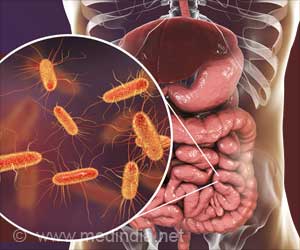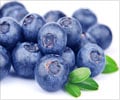Safe Alternatives to Chemical Food Preservatives
Alternatives to chemical food preservatives could be the natural food preservatives that involve traditional forms of food preservation such as salting, smoking, drying, pickling or preserving in sugar.
All these methods aim at either destroying the micro-organisms in the food or making the food unsuitable for the growth of micro-organisms. The disadvantage is that these preservatives must be used in right concentration or heated to correct temperatures for them to preserve the food for optimum periods.
Some of the preservation techniques include:
1. Refrigeration: Refrigerating cooked foods at a temperature below 3 degree Celsius (37ºF) slows the process of spoilage. However, it has its limitations - it cannot kill the micro-organisms altogether so long time storage is not possible. Secondly, food with high water content cannot be effectively refrigerated to destroy microbes.
2. Deep freezing: Preserving foods at a very low temperatures of minus 18 degree Celsius (-1ºF) or lower prevents almost all spoilage of food except some enzyme activity in uncooked vegetables and most fruits. However, blanching fruits before freezing destroys the enzymes.
3. Drying: Drying foods in the sun and wind is the most effective and simplest way of preserving food. This is also one of the oldest methods of preservation. Drying helps make the soluble ingredients in foods concentrated and this high concentration prevents growth of microbes.
4. Pasteurization: Pasteurization is a heat treatment used that kills all disease causing bacteria in the milk. The milk is heated to and held at 72 degree Celsius (162ºF) for 15 seconds and then quickly cooled to 10 degree Celsius (50ºF). Pasteurization, however, cannot kill all less harmful bacteria so the milk still goes sour in a few days.
5. Pickling: Pickling is a preservation technique that can be applied to vegetables, meat, fish, eggs and fruits. Vinegar with 4 to 6 percent acidity is the safest and most commonly used pickling agent. Pickling with apple cider vinegar combined with spices gives a fruity flavor to the food but it can stain certain foods. Distilled white water does not affect color or taste and is best used while pickling fish.
6. Salting: Salt is yet another useful food preservative. Pickling salt, kosher salt and dairy salt are pure salts used in preserving foods. Using too much salt can cause health hazard while too little salt can cause the food to go soft and slimy. The anti-caking ingredient in table salt and iodized salt may make the brine cloudy. Further, using iodized salt for preserving fish may give the fish a bitter flavor.
7. Preserving in sugar: Sugar is a food preservative used in jams, jelly and preserves. It works by ‘dehydrating’ the microbes. High concentration of sugar causes the bacteria and mold to dehydrate by the process of osmosis. It must be ensured that the sugar concentration is quite high since low concentration will allow the mold and bacteria to grow.
8. Canning: Canning involves sealing the food in a can to prevent recontamination. This process relies on high temperatures to kill the microbes and destroy the enzymes. Interestingly, the nutritive value may vary with the type of food preserved. For example, canning may cause significant reduction in the vitamin C content of green vegetables, but vitamin C in well retained in fruit juices because of the greater acidity in fruits. Similarly, fizzy drinks can be well preserved because canning has no adverse effect on carbon dioxide that causes the fizz.
A word of caution: The quality of preserved food is slightly reduced as compared with its fresh counterpart, thus, it is advisable to use only the highest quality foods for preserving.







